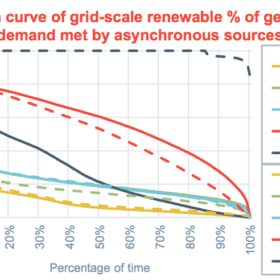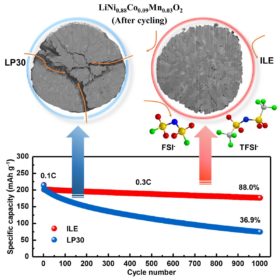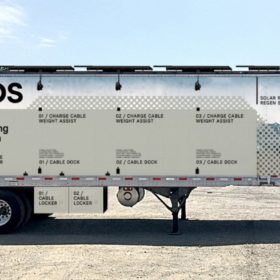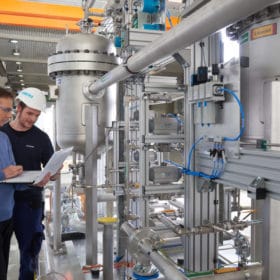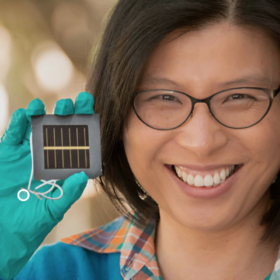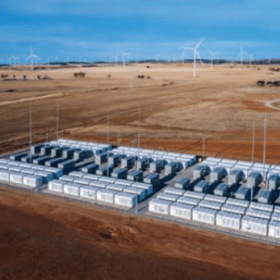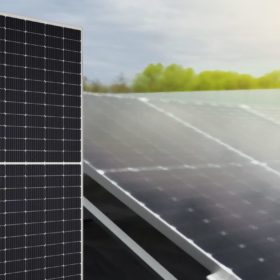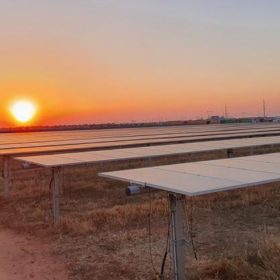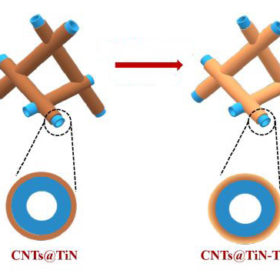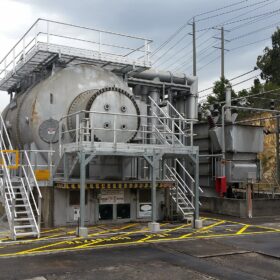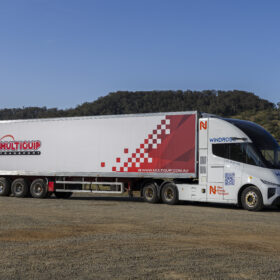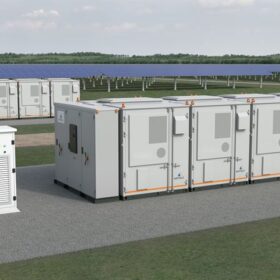AEMO’s 2025 goal means that SA becomes the proving grounds
The latest news in the NEM is AEMO’s goal to be capable of handling periods of 100% instantaneous renewables penetration by 2025. This is a significant challenge and fitting given the pace the NEM is moving to
supporting increasingly higher levels of instantaneous (and increasingly asynchronous) renewables on a regular basis.
Lithium-metal battery with capacity retention of 88% over 1000 cycles
German scientists have applied a new combination of cathodes and electrolytes to improve the stability of lithium-metal batteries. They fabricated a device with an energy density of 560 watt-hours per kilogram and a Coulombic efficiency of 99.94%.
Portable charging trailer for commercial EV fleets
U.S.-based Xos offers a mobile charging station for commercial electric fleets, in order to provide power without making fixed infrastructure upgrades.
Climate change and PV, part of a new science curriculum for Years 3 to 10
Younger students have been denied an understanding of fundamental physics that would inform their understanding of today’s most pressing scientific problems and how to solve them. A group of scientists has reimagined the classroom as an engaging, enabling hub of investigation and discussion.
Blue is not the new green
A new study from Stanford University and Cornell University shows that blue hydrogen can produce more greenhouse emissions than heat produced by coal and gas. The modelling classifies blue hydrogen emissions as carbon dioxide and unburned fugitive methane, as well as lifecycle emissions linked to the mining, transport, storage, and use of methane.
ARC Future Fellowships rocket boost the cheap, light, solar-for-space race
Alan Tudge, Australia’s Minister for Education and Youth, last week announced new grant outcomes under the ARC Future Fellowships scheme. Recipient Professor Anita Ho-Baillie will directly apply her work on perovskite durability and resilience to more cost effectively powering the world’s space endeavours.
Sunday read: What’s in store for storage
As solar and wind make up larger portions of the energy mix, energy storage is becoming an increasingly important piece of the puzzle in keeping electricity networks running smoothly. And as battery costs fall, new business models are emerging to increase the value of battery energy storage projects for both grid operators and project owners. Focusing on two leading countries – the United Kingdom and Australia – pv magazine looks at what’s in store for large-scale energy storage.
Microgrid project to shine spotlight on Tasmanian solar
The tiny Tasmanian town of Derwent Bridge could provide a big boost for the state’s solar PV energy credentials with the small community to play host to a microgrid project that will evaluate how to better meet the energy needs of Australians living in regional and remote areas.
Australia’s biggest solar farm opts for AI-powered bidding platform
The operators of Australia’s largest solar farm have turned to a software-based bidding solution as they seek to optimise dispatch and manage the facility’s market trading and power purchase commitments amid increasingly market volatility.
Lithium-sulfur battery with shorter charging time, longer lifespan
Japanese scientists have developed a new lithium-sulfur battery by using titanium oxide and titanium nitride to prevent the formation of polysulfides during the fabrication process. This allows the battery to retain 85% of its capacity after 500 cycles at 2 C.
